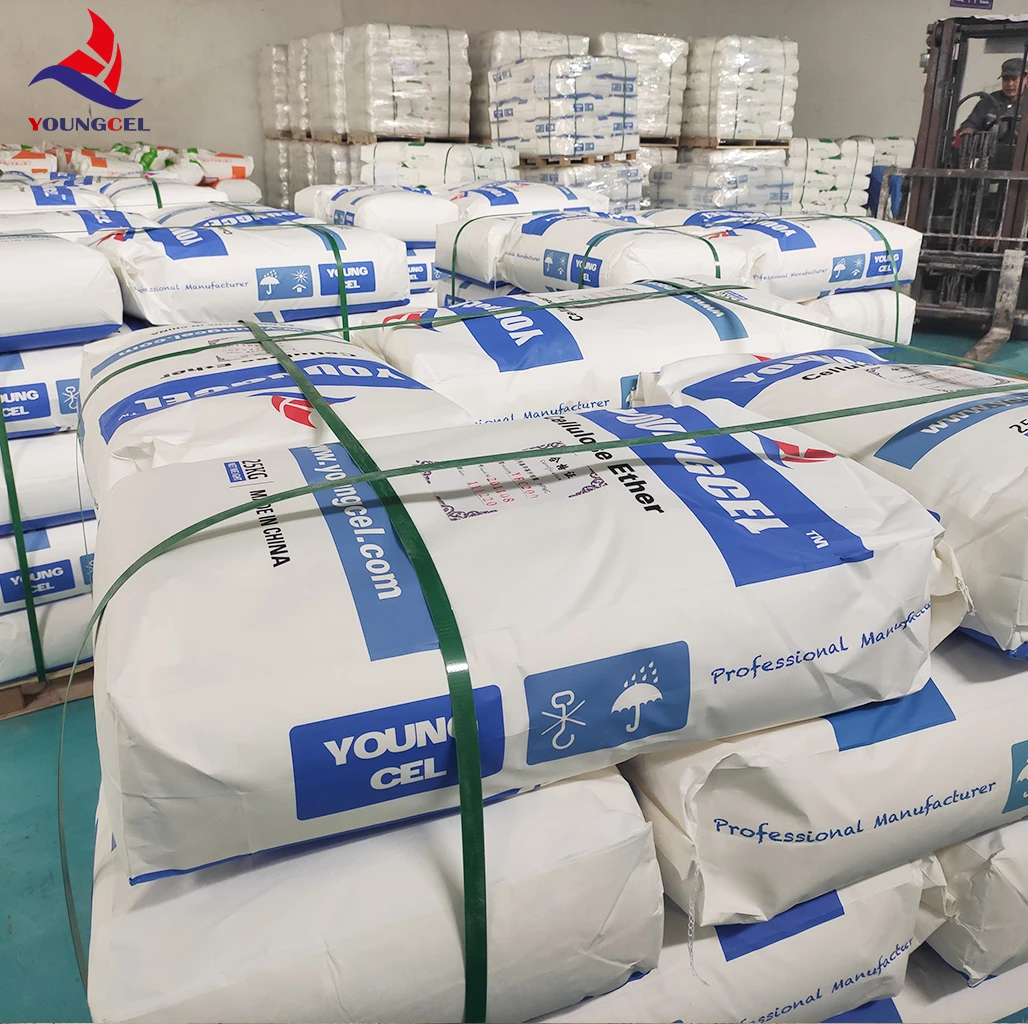The Versatility of Cellulose Polymer
Cellulose, a biopolymer composed of linear chains of glucose units, is the most abundant organic polymer on Earth. Found primarily in the cell walls of plants, this natural polymer plays a crucial role in providing structural integrity and rigidity. As a cellulose polymer, it has gained significant attention across various industries due to its eco-friendly properties and versatility.
The Versatility of Cellulose Polymer
In addition to textiles, cellulose polymers have found applications in the food industry. The use of cellulose derivatives, such as carboxymethyl cellulose (CMC) and microcrystalline cellulose (MCC), serves multiple purposes. CMC acts as a thickening agent, stabilizer, and emulsifier, enhancing the texture and shelf-life of various food products. MCC is often used as a dietary fiber supplement, contributing to the nutritional value of processed foods. These cellulose-based additives help improve product quality while ensuring compliance with health and safety standards.
cellulose polymer

Moreover, cellulose polymers play a vital role in the pharmaceutical field. Cellulose derivatives are often used as excipients in drug formulations, aiding in the controlled release of active ingredients. They improve the flow properties of powders, enhancing the efficiency of tablet manufacturing. Additionally, their biocompatibility and non-toxicity make cellulose polymers suitable for various medical applications, including wound dressings and drug delivery systems.
In the realm of biodegradable materials, cellulose polymers are at the forefront of innovation. As plastic pollution becomes a growing concern worldwide, researchers are exploring cellulose-based alternatives to conventional plastics. Biodegradable films and containers derived from cellulose offer a sustainable solution that reduces waste while maintaining functionality. These innovations provide a pathway toward a circular economy, where materials can be reused and recycled rather than discarded.
The construction industry has also recognized the potential of cellulose polymers. Cellulose-based products, like insulation materials and composite wood panels, offer excellent thermal and acoustic properties. They are lightweight, renewable, and can significantly reduce the carbon footprint of building projects. As the push for sustainable construction practices increases, the role of cellulose in creating eco-friendly building materials cannot be overstated.
In conclusion, cellulose polymers stand out as a remarkable resource that intersects various industries, from textiles and food to pharmaceuticals and construction. Their biodegradable nature, coupled with the push for sustainability, positions cellulose as a key player in the transition toward a greener future. As research and development continue to advance, the potential applications of cellulose polymers are likely to expand, offering innovative solutions to some of the most pressing challenges facing our planet today. Embracing cellulose as a fundamental component of our industries not only benefits the environment but also paves the way for a sustainable economy where nature and technology coexist harmoniously.
-
The Application and Significance of Construction RdpNewsMay.19,2025
-
Industrial Grade HpmcNewsMay.19,2025
-
Building Coating Adhesive Building Coating Adhesive HpmcNewsMay.19,2025
-
Application Of Hpmc For Detergent For Detergent In DetergentsNewsMay.19,2025
-
Application Of Hpmc Cellulose In Cement-Based MaterialsNewsMay.19,2025
-
Application Of High Quality Hpmc For Construction In The Field Of ConstructionNewsMay.19,2025




